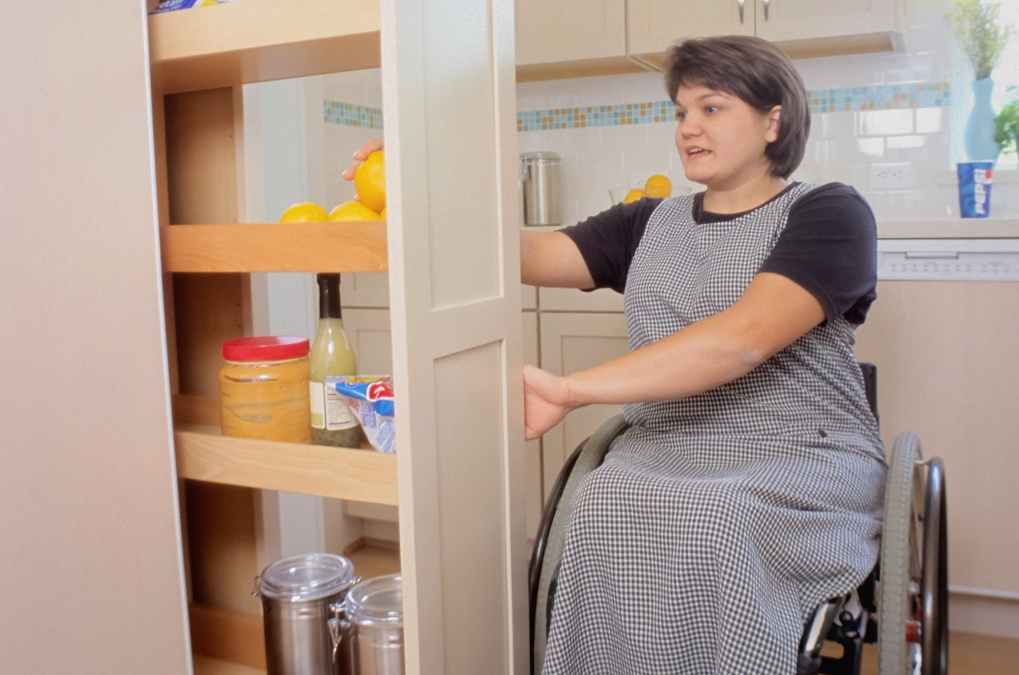ALS, short for amyotrophic lateral sclerosis, is an illness that affects the nervous system of a human. The nerve cells in a person’s spinal cord all the way up to the brain can be affected, resulting in the person losing control over their muscles and movement.
ALS was first diagnosed in baseball player Lou Gehrig, which is why it’s often referred to as Lou Gehrig’s disease as well. There is no known cause for ALS. Doctors believe some cases can be due to DNA inheritance.
ALS usually starts off with weakness in specific muscles and muscle twitching. Slurred speech is then observed as the disease progresses. Over time, ALS attacks the cells used to control muscles, which results in an inability to speak, move, eat, or even breathe. As of now, there is no known cure for the disease, but some treatment options are present to slow down the progression of ALS and relieve symptoms.
Symptoms
There are no standard symptoms of ALS, and symptoms can vary from individual to individual since different neurons are affected in every case. Initial symptoms, as mentioned above as well, include muscle weakness and twitching. It can progress further to:
- Difficulty in completing normal, day-to-day activities
- Difficulty walking
- Clumsiness
- Trouble swallowing
- Trouble speaking
- Changes in behavior
- Muscle cramps
Typically, ALS symptoms are first seen in the hands or feet. From there onwards, the disease spreads to other parts of the body. ALS usually doesn’t affect a person’s senses or bladder control. A person also doesn’t experience much pain in the early and later stages of the disease, although muscle cramps might hurt.

Risk Factors
Although the causes of ALS are unknown, there are certain risk factors established by doctors that can put a person at a higher risk of developing the illness. These risk factors include:
Heredity
When a person has a family history of ALS, they have a higher chance of developing it. Their chances of developing ALS at some point in their life are 50 percent. Familial ALS is the name given to ALS caused by heredity.
Age
Chances of a person developing ALS increase with age. The most common age of developing ALS is between forty and sixty.
Sex
Sex plays a part in determining the chances of developing ALS. A man’s chances of developing ALS are slightly higher compared to women, especially those below the age of 65. The sex difference is negligible in cases of people who develop ALS after turning 70 or more.
Genetics
A few studies have found the human genome in the DNA of people who don’t have a history of ALS is very similar to people who have a family history of ALS. This makes people more prone to developing the illness at some point in their life.
Some environmental factors have also been linked to ALS. These factors include:
Smoking
Smoking is a significant risk factor when it comes to developing ALS, especially for women.
Exposure to Environmental Toxins
Some environmental toxins, like lead or some other substances that are commonly found in workplaces or homes, can also pose a threat to ALS if a person is constantly exposed to them. However, no studies have proven a direct association of any single toxin or chemical with ALS.
Complications
As the disease progresses, ALS can cause some complications. These complications include:
Breathing Problems
ALS also affects the muscles people use to breathe. ALS patients are often made to wear a device that helps them breathe during their sleep, similar to sleep apnea patients.
Respiratory failure is among the top reasons for death in ALS patients.
Dementia
In a few cases of ALS, patients experience a problem with their memory as well as decision-making. A type of dementia, referred to as frontotemporal dementia, is diagnosed in these patients eventually.
Eating Problems
ALS can cause loss of movement due to no control over your muscles. This also includes facial muscles that help people chew and swallow their food. This can result in dehydration and malnutrition since patients are unable to properly eat or drink.
A feeding tube is utilized to feed ALS patients who can’t eat on their own.
Speaking Problems
Speaking difficulty is a common complication of ALS and many patients develop it as the illness progresses. Speaking problems start with mild inconvenience and often end in the total inability to speak. This makes communication very difficult for ALS patients.
Prescription Assistance Programs
If you or a loved one is an ALS patient, there might be prescriptions that are very costly. If you can’t afford your prescriptions, enroll in a full-service prescription assistance programs offered by Advocate My Meds, subject to their eligibility criteria. The company offers prescription assistance for multiple companies, including GSK prescription assistance, Pfizer prescription assistance, Novo Nordisk prescription assistance, Sanofi prescription assistance, and more. Contact them now for further details.
About the Author
Dan Bravo is a medical professional and has been practicing medicine for over two decades. He has been associated with Advocate My Meds for over 5 years and raises awareness about their prescription assistance program to allow people access to their prescriptions.
Disclaimer: This article is only intended for educational purposes and shouldn’t be used as a substitute for medical advice.


